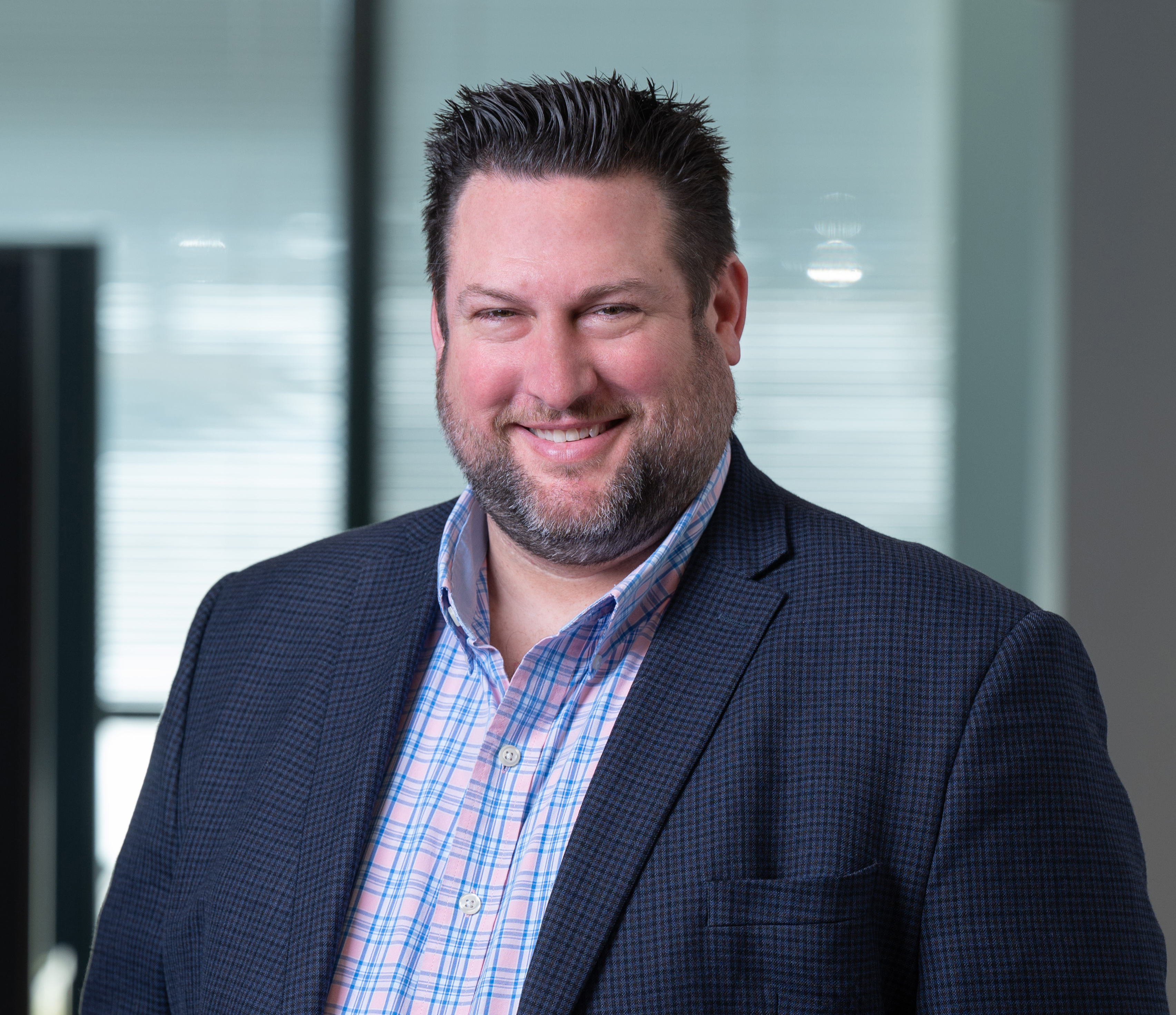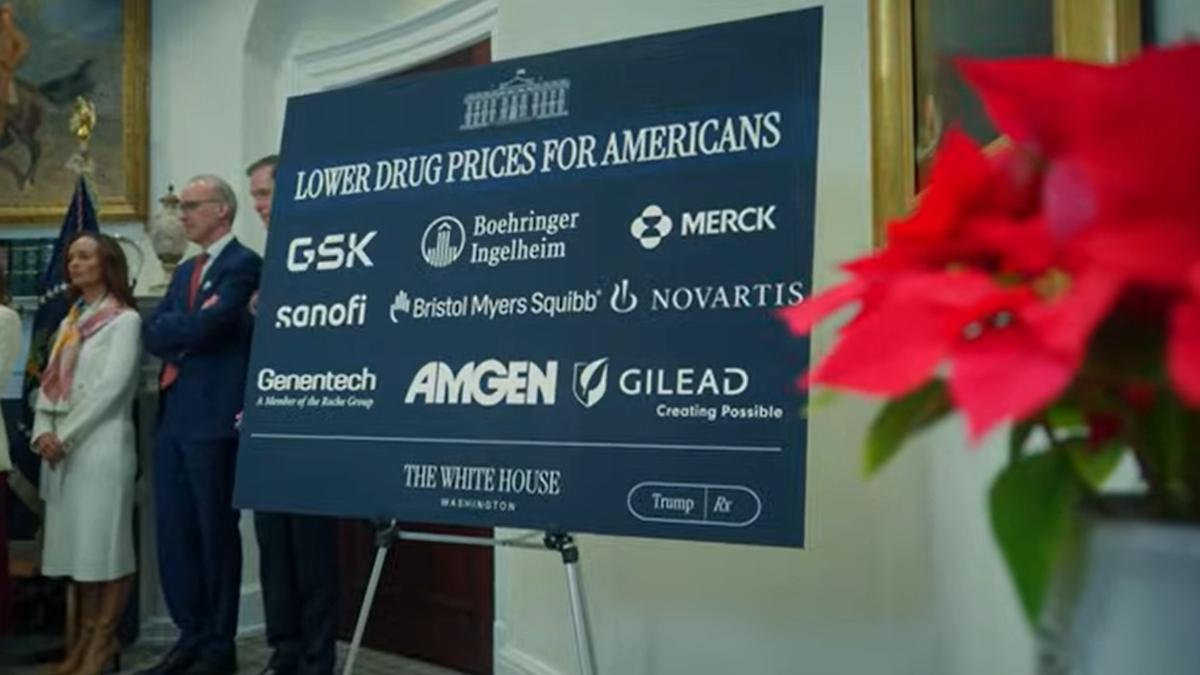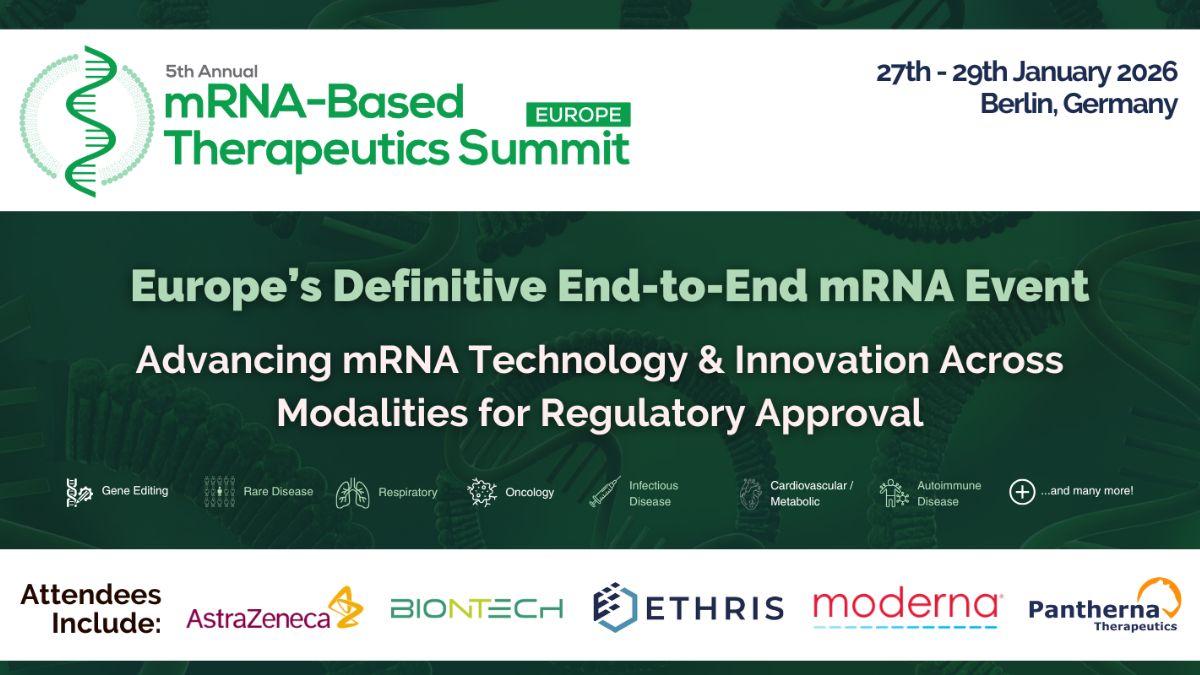Breathing through barriers: Lived experience, innovation, and the future of Alpha-1 care

When a disease runs in your family, you don’t learn about it from textbooks. You learn about it at funerals, in hospital beds, and emergency rooms. My family has lost multiple members to Alpha-1 Antitrypsin Deficiency (Alpha-1), a rare genetic disorder with a deceptively simple origin: a misfolded protein. We didn’t know what it was until my uncle’s misdiagnosis was finally corrected by a well-informed doctor who happened to attend a timely medical conference. That diagnosis saved lives, ours included.
That experience didn’t just change my life, it launched a more than 20-year career in rare disease leadership, focused on connecting patients to life-changing therapies with dignity and care. Alpha-1 might be rare, but the struggles of delayed diagnoses, fragmented care, and emotional exhaustion are shared across the rare disease spectrum. The lessons learned from this journey have not only shaped my approach, but can offer insight for drug development, advocacy, and engagement across the industry.
The challenges of diagnosing and living with Alpha-1
Alpha-1 is a microcosm of the rare disease world. The challenges we face, late diagnoses, inconsistent care, and unaffordable treatments, are not unique. Rare diseases often occupy a difficult position in healthcare; they’re too uncommon to be broadly understood, yet, too complex to be ignored.
The consequences of Alpha-1 are complex, affecting both the lungs and liver – severely and without warning. For many, it goes undiagnosed for years. Symptoms mimic more common conditions, leading patients down a long road of misdiagnoses, inappropriate treatments, and avoidable disease progression. The impact extends beyond the patient, as families and loved ones become caregivers, advocates and, in many cases, medical researchers by necessity.
Though it’s estimated that around 100,000 people in the US may have Alpha-1, only about 10% are diagnosed. This lack of recognition allows the disease to silently do its damage until it becomes impossible to ignore. Worldwide, an estimated 3.4 million people are living with Alpha-1 and approximately 116 million are carriers of the genetic mutation.
How lived experience shapes patient advocacy
Watching my father struggle with the disease and ultimately receive a double lung transplant changed everything for me. It pulled me out of a career in education and into rare disease advocacy. We worked side-by-side for years supporting others with Alpha-1, turning our family’s pain into a roadmap for others.
That lived experience taught me that medical expertise isn’t enough. Systems fail patients when the human side of disease is ignored. It’s why I now centre everything I do around empathy, education, and action. Knowing how long it took to get answers for my family, I became relentless in helping other families find theirs sooner. Knowing how alone my father felt at times drove me to build stronger communities. Experiencing how powerful advocacy can be, I’ve also worked to ensure patient voices are not only heard, but centred in decision-making.
We need to challenge and shape the industry to ensure patient voices aren’t just acknowledged; they must be integrated into every stage of decision-making, from clinical trial design to delivery. Patients are not looking for sympathy. They want partnership and it is our responsibility to offer it.
Alpha-1 Foundation
Founded in 1995 by John Walsh, Sandy Lindsey, and Susan Stanley – three people diagnosed with Alpha-1 – the Foundation is a not-for-profit organisation based in Florida, US. Committed to finding a cure for Alpha-1 and to improving the lives of people affected by Alpha-1 worldwide, the Foundation points to the symptoms of lung disease in people with Alpha-1, including:
- Emphysema (a lung disease resulting from damage caused to the walls of the lungs’ air sacs)
- Wheezing (a whistling sound when breathing)
- Bronchitis (an infection in the airways of the lungs)
- Frequent chest colds
- Bronchiectasis (a condition where the lungs’ airways widen or develop pouches)
- Pneumonia (an infection that causes inflammation of the air sacs of one or both lungs)
- Being extremely tired
- Having a low tolerance for exercise
- Year-round allergies
Trends in Alpha-1 treatment and what’s next
Today, standard therapy for Alpha-1 primarily involves weekly infusions of augmentation therapy, delivering the protein the body can’t produce correctly. For many, it slows the progression of lung disease, preserving function and quality of life. Despite its benefits, the therapy falls short of a cure. Liver-related cases face even greater limitations in available care.
That’s where the horizon becomes more hopeful.
Gene therapy is the most promising frontier. By targeting the genetic root cause, rather than its symptoms, these emerging treatments could redefine Alpha-1 care. Several clinical trials are now exploring ways to deliver corrected copies of the gene or silence the defective ones. While none are yet approved, progress has accelerated and meaningful breakthroughs are within reach.
Equally encouraging is the evolving approach to diagnostics. Faster, cheaper, and more accessible testing, such as buccal swabs and fingerstick tests, could dramatically improve early detection. With awareness campaigns and improved provider education, the diagnostic odyssey that currently averages five to seven years could be shortened to weeks.
However, innovation means little without access. As gene therapy, digital diagnostics, and next-generation biologics inch closer to market, the system must prepare to deliver these advances equitably and sustainably.
Broader challenges for the rare disease community
Alpha-1 reflects broader truths about rare disease care. The challenges we face, misdiagnoses, inconsistent care, and high treatment costs, echo across the community.
Awareness and education remain foundational gaps. Many physicians don’t recognise the signs of Alpha-1 unless they appear in the stereotypical profile, often missing liver-only or mild pulmonary cases. That ignorance isn’t malicious, but it’s costly. Every year of delay increases the burden on patients and the healthcare system.
One of the biggest disconnects in rare disease drug development lies between patients, researchers, and the industry. Patients are looking for answers. Scientists are focused on translating lab breakthroughs. Neither group typically has a full understanding of the commercial complexities involved in access, delivery, or long-term sustainability. To become truly patient-led, we must also educate rare disease communities on how the industry operates, including who funds therapies, how pricing is determined and what factors make treatments viable in the real world.
Financial sustainability is a growing pressure point. Rare disease therapies are inherently expensive to develop, but patients can’t be expected to carry the cost. Policymakers, payers, and the industry must work together to create funding models that reward innovation while protecting access. That might mean outcome-based contracts, public-private partnerships, or expanded support for early diagnosis and intervention.
Looking ahead: What patients and the system need
We’ve made progress, but the future demands more. To truly serve rare disease communities, stakeholders must take the following actions:
- Centre lived experience: Clinical trials, treatment programmes, and policy design must reflect what life is like for patients and families, not what’s assumed from a chart.
- Invest in early diagnosis: Widespread, routine screening for genetic conditions like Alpha-1 should be the norm, not the exception.
- Ensure global equity: Innovation must be followed by coordinated efforts to make therapies accessible worldwide.
- Sustain the advocacy infrastructure: Community organizations and patient leaders play a vital role. Their work amplifies science, accelerates diagnosis and protects patient rights.
- Support innovation through policy: Regulatory frameworks must support speed without sacrificing safety, and pricing discussions must not discourage continued development.
Rare diseases may be uncommon individually, but collectively they affect millions. For Alpha-1 and beyond, we can’t accept a system that delays, denies, or discounts these lives. The answers are coming, but the delivery must keep pace with the science.
The Alpha-1 journey shaped how I lead today, grounded in empathy, driven by science, and accountable to real patients. The goal is clear: we must build a rare disease ecosystem where every voice is valued and no scientific potential goes unrealised.
About the author
 Donovan Quill serves a dual appointment as the chief strategy officer of life sciences for both Actum Pharma and AscellaHealth. As co-founder and previous CEO of Optime Care, Quill developed a distinguished background in the life sciences industry, with a proven track record of success delivering over 40 branded pharmaceutical programmes for specialty pharmaceutical and biotech manufacturers. Quill entered the world of healthcare after a successful coaching career and teaching at the collegiate level. His personal mission was to help patients who suffer from an orphan disorder that has affected his entire family (Alpha-1 Antitrypsin Deficiency). He became a patient advocate for Centric Health Resources and travelled the country raising awareness, improving detection, and providing education to patients and healthcare providers. A strong business development professional, Quill holds a BA focused in Criminal Justice/Law Enforcement Administration from DeSales University.
Donovan Quill serves a dual appointment as the chief strategy officer of life sciences for both Actum Pharma and AscellaHealth. As co-founder and previous CEO of Optime Care, Quill developed a distinguished background in the life sciences industry, with a proven track record of success delivering over 40 branded pharmaceutical programmes for specialty pharmaceutical and biotech manufacturers. Quill entered the world of healthcare after a successful coaching career and teaching at the collegiate level. His personal mission was to help patients who suffer from an orphan disorder that has affected his entire family (Alpha-1 Antitrypsin Deficiency). He became a patient advocate for Centric Health Resources and travelled the country raising awareness, improving detection, and providing education to patients and healthcare providers. A strong business development professional, Quill holds a BA focused in Criminal Justice/Law Enforcement Administration from DeSales University.












